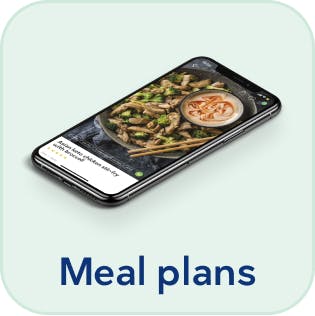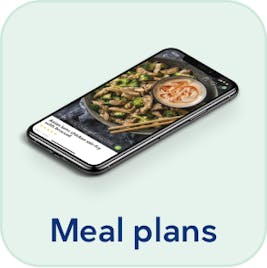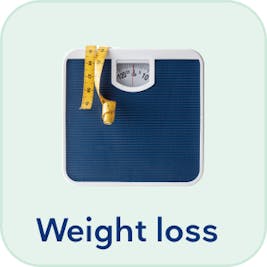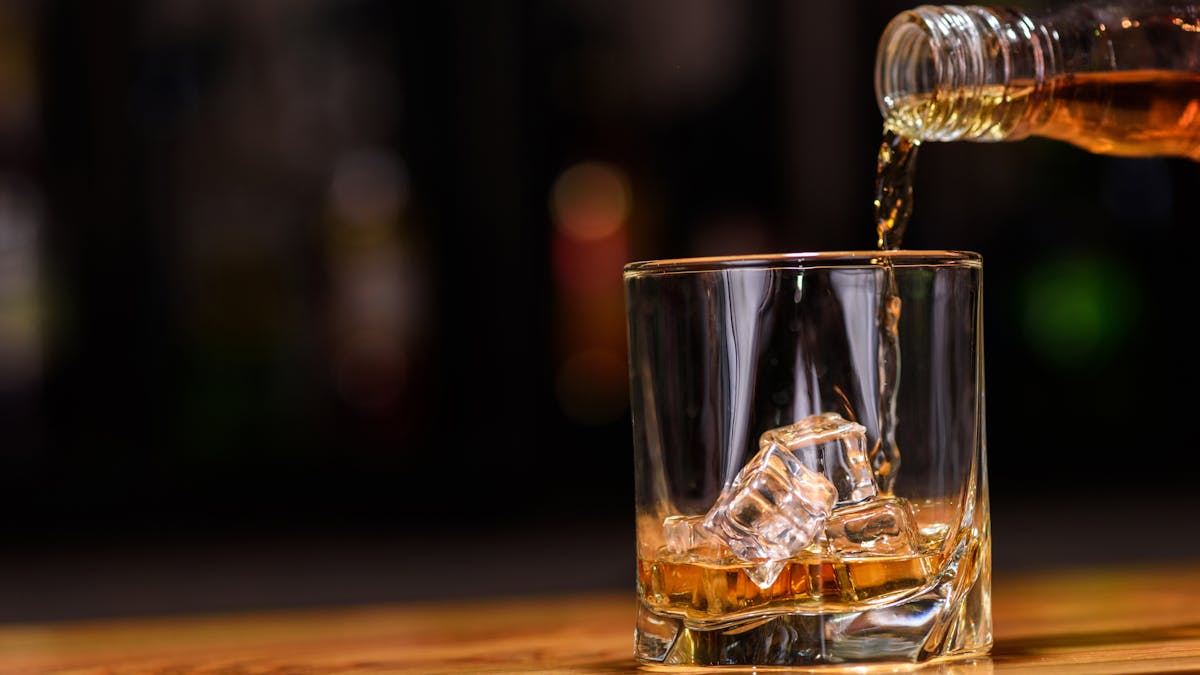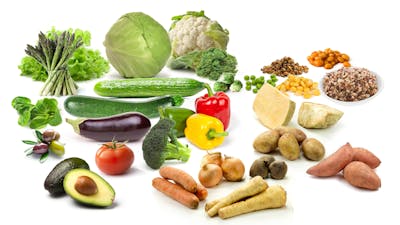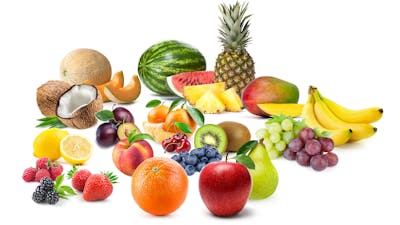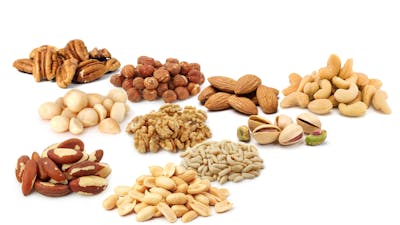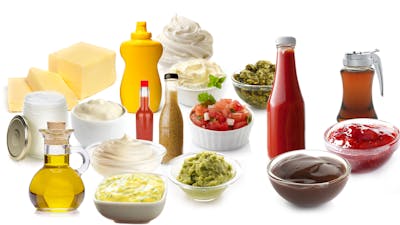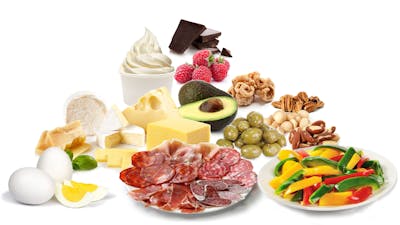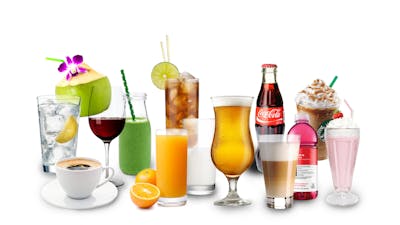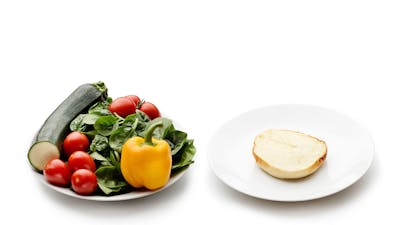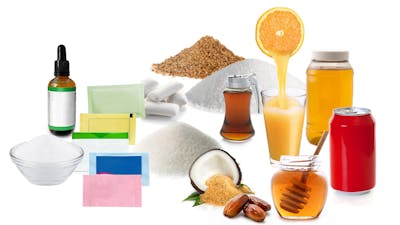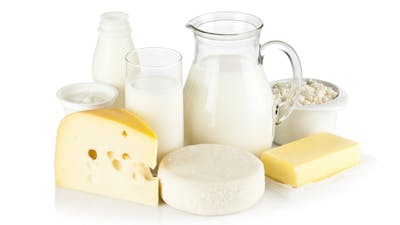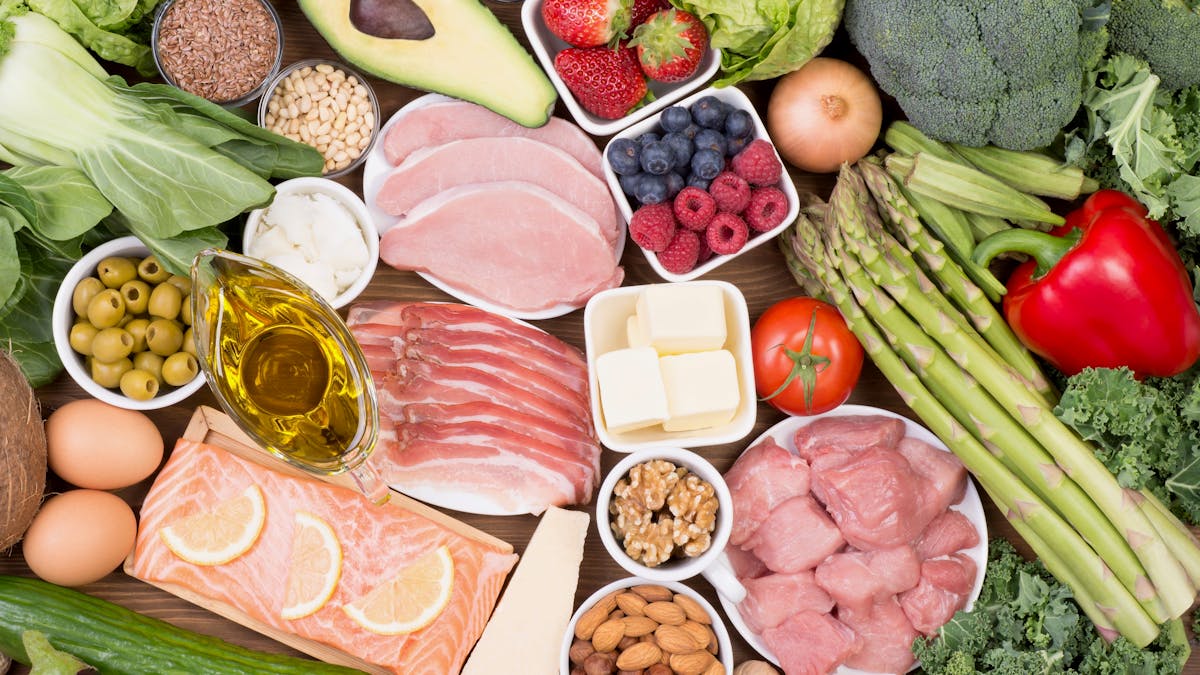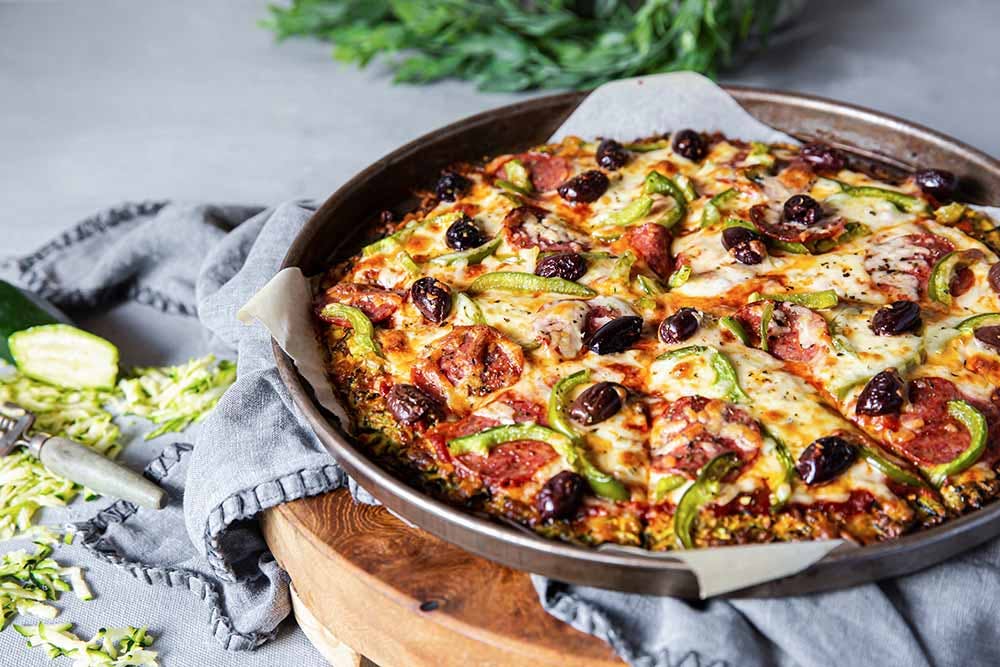Low carb alcohol – the best and the worst drinks
Which alcoholic drinks are low carb? Can you still drink alcohol and lose weight on a low carb diet? What are the best drinks to choose? What are some common mistakes? This guide will tell you what you need to know.
First, in part because of the way it’s processed by your body, too much alcohol may slow down your weight loss and undermine your health gains on a low carb diet.1
Alcohol is an energy source – with almost no nutrition – that is used by your body before it burns other sources of energy, such as body fat. In short, alcoholic drinks contain “empty calories.”2
Most alcoholic drinks, no matter how low in carbs, contain at least 100 calories; some mixed cocktails contain more than 500 calories in one serving.3
In addition, alcohol can further impede weight loss by stimulating appetite and decreasing inhibitions, thereby increasing food intake.4
However, if you can drink alcohol in moderation, it might not be a major issue as long as it’s low in carbs and calories.5 Low carb options include wine, champagne, and pure spirits like whiskey and vodka. High-carb and high-calorie drinks? Beer and sugary cocktails.
Below you’ll find all the details; the options with fewer carbs and calories are to the left. In general, the lower the carbs in alcohol, the lower the calories, too.
Key takeaways
Alcohol = calories. An occasional drink is fine, but too much alcohol can slow down weight loss.Does alcohol fit with low carb?
Low carb alcoholic drinks. Wine and pure spirits are lowest in carbs; beer and sweet mixed drinks are highest.
See our ranking.
Drink with care: When on a low carb diet, you might feel stronger effects from alcohol.
Intoxication, hangovers, and more.
How many carbs?




Wine
If you are eating a moderate low carb diet, about 20 to 50 grams of carbs per day, dry wines probably can be enjoyed on a regular basis with little weight-loss impact from the carbs. If you are on a very strict low carb or keto diet, consuming under 20 grams of carbs a day, a glass of wine on occasion is also fine.
If, however, you find you are not losing weight, try cutting back on alcohol. The extra, nutrition-free energy from alcohol may be contributing to your weight stall. Reducing or eliminating alcohol may be all that is needed to get the scale moving again.
A glass of dry wine contains about 0.5 grams of sugar as well as small amounts of glycerol and other carbohydrate remnants of the wine-making process, which usually amount to less than 2 grams of total carbs.6 It is unlikely that a glass of dry wine will impact blood sugar or insulin levels significantly.7
Sweeter wines, like Rieslings and Gewurztraminers, have about 4 grams of carbs in a typical glass. Even sweeter dessert wines – like Muscato, Tokaj, Ice Wines, or fortified wines like Port, Sherry and Madeira – are all sweeter and contain more fructose, with carb counts per glass of around 5 grams or more.8
Beer
Alas, most beer is a no-go when you’re eating low carb. Its hops and fermented grains are like drinking liquid bread; and, it’s not just big beer-bellies that suggest beer contributes to abdominal obesity.9 This form of alcohol just isn’t a good choice when trying to lose weight or improve diabetes control.
However, carb and calorie counts can vary depending on the brand of beer, and there are a few lower carb options. Find out in our low carb beer guide below. Again, in general, the lower the carbs, the lower the calories, too.
Beer: how many carbs?




The numbers under the brands of beer represent the grams of carbs in a 12 oz. (355ml) bottle.
As you can see, some very light American beers contain the least amount of carbs and can be consumed without derailing a low carb diet (if you enjoy that type of beer). Check out the brands to the left in the graphic above.10
Other brands of beer are fairly high in carbs and calories and should be consumed with caution or avoided completely, depending on how many carbs you target per day.
Spirits: how many carbs?
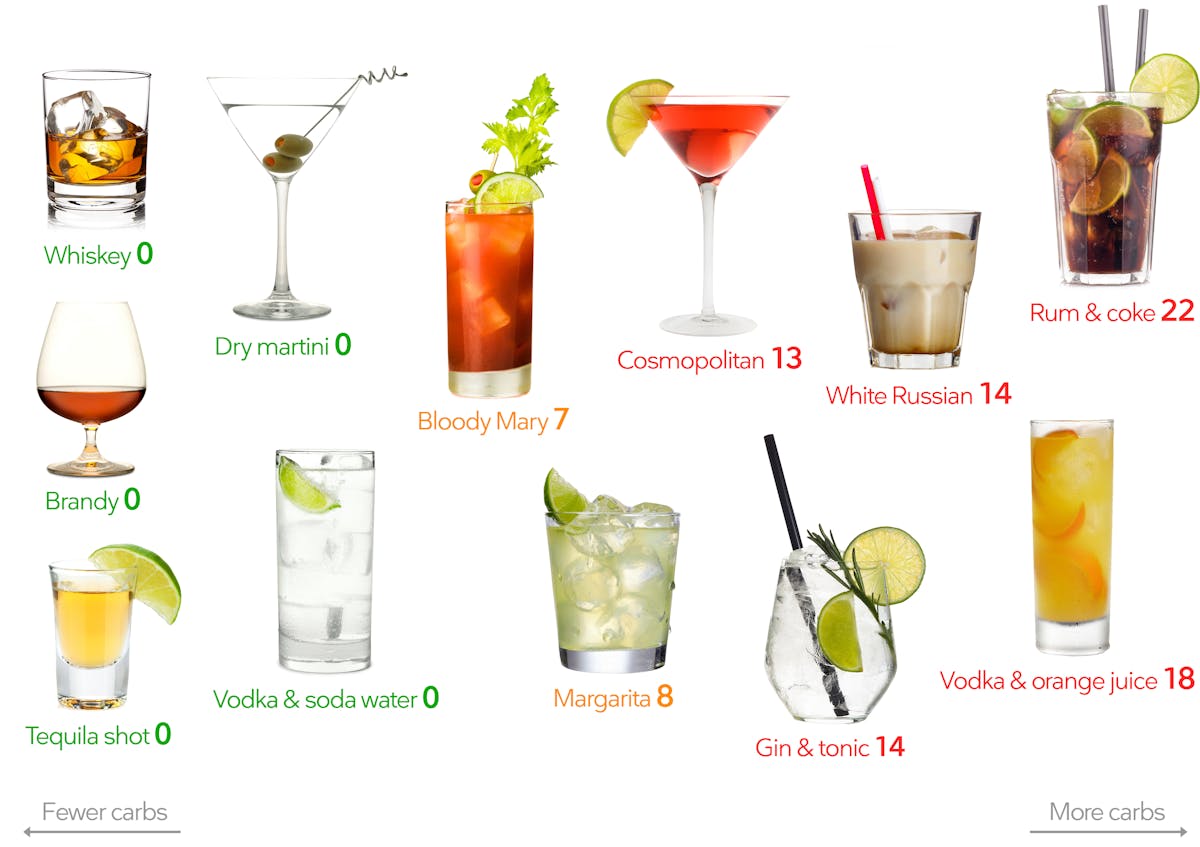


Whiskey, vodka, brandy, gin, tequila and other pure alcohols have zero carbs and so are fine on a low carb diet. A standard 1.5 oz jigger of these spirits, without any mixer, contains on average about 100 calories.
Carbs list
Don’t add juice, soft drinks, or other sweeteners like sweet cream. Adding tonic to zero-carb gin boosts its carbs to 16 grams and 190 calories per serving! Instead, have vodka, soda water, and lime for a no-carb, lower-calorie summer drink.
Alternatively, if you insist, use diet tonic (with artificial sweeteners) for a zero-carb gin & tonic, though we generally recommend to avoid sweeteners.11
Think vodka and orange juice (aka screwdriver) is a healthy choice? That gives you a whopping 28 grams of carbs and 175 calories – almost as bad as a rum & coke with 39 grams of carbs and 185 calories.
Coolers
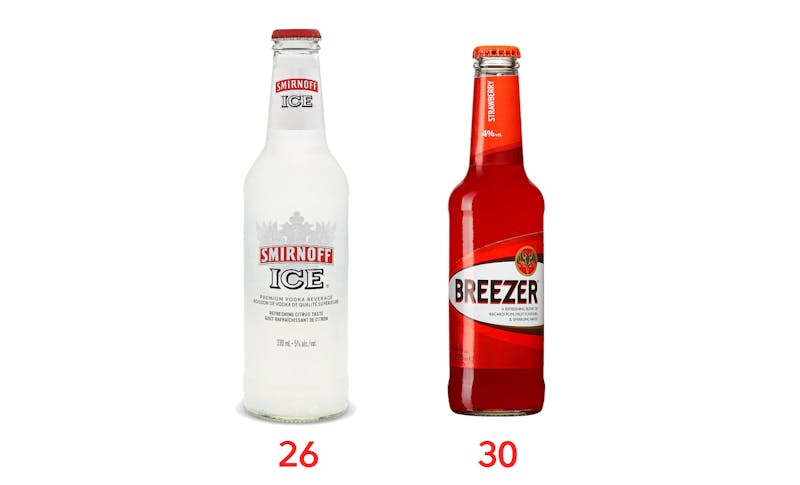



The numbers are the amount of carbs (sugar) in a bottle.
Sometimes called alcopops, spirit coolers, wine coolers or hard lemonades, these pre-mixed, packaged drinks are loaded with sugar and carbs. Most are over 180 calories each. Do not drink if you want to stay low carb and low calorie — you are drinking sugar.
Beware: Alcohol packs more punch on low carb
When on a strict low carb diet, many people require significantly less alcohol to become intoxicated.12 So be careful the first time you drink alcohol on low carb. You may need only half as many drinks as usual to enjoy yourself, saving you money and from a hangover.
Recognizing this issue of reduced tolerance is even more critical if you plan on driving. When eating low carb, you may have a higher blood alcohol level after fewer drinks, impairing your abilities to a much greater extent than usual.
Top 5 low carb alcoholic drinks
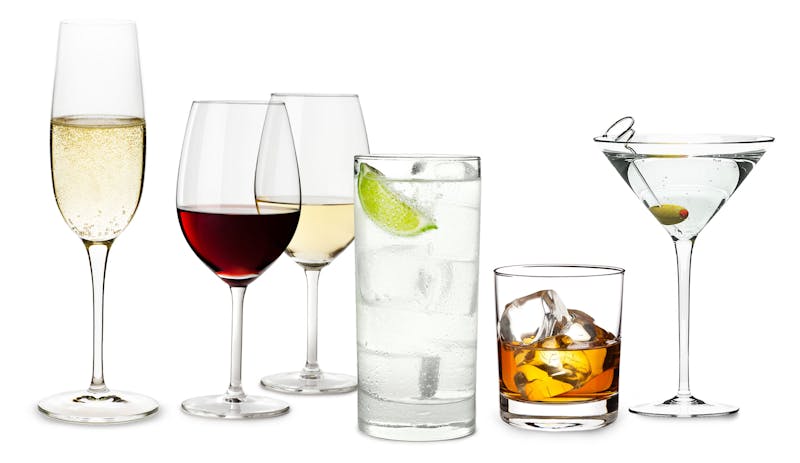



If you’re still wondering how to include alcohol in your low carb diet, we’re going to wrap this up with our top 5 favorite low carb alcoholic drinks.
- Champagne or sparkling wine (extra dry or brut) – one glass contains about 2 grams of net carbs and 95 calories.
- Dry wine – red or white – one glass contains about 2 grams of net carbs and 120 calories.
- Vodka & Soda – one long drink contains 0 grams of carbs and 115 calories.
- Whiskey – one drink contains 0 grams of carbs and 115 calories.
- Dry Martini – one cocktail contains 0 grams of carbs and 115 calories.
Nothing says celebration like a glass of bubbly! Although Champagne can be very expensive other kinds of sparkling wines or Cava come in a variety of prices and can be enjoyed as an aperitif, with your food or as a stand-alone drink.
There must be a reason why humans have been drinking wine for thousands of years. One of them is probably that it tastes really good with food. Ben Franklin even called wine “constant proof that God loves us”. Fortunately, drinking an occasional glass of dry wine is fine on a low carb diet.
A vodka & soda or gin & soda is your drink if you want to skip sugar and artificial sweeteners. This sparkling drink with vodka, soda, lime and ice tastes way better than it might sound.
Even though whiskey is made from various forms of grains, it’s zero carb and gluten free. It comes in many different classes and types. Too much ice can kill the flavor but serving it with a little dash of water can actually enhance the flavor.
The iconic James Bond cocktail is made with gin and vermouth, and garnished with an olive or a lemon twist. It’s still in the top of the most requested drinks. But if you want it like 007, make sure to order it shaken, not stirred.
Return to the top of the low carb alcohol guide
Learn more surprising facts about low carb diets and alcohol here:
Full low carb diet FAQ [/text_left]
Start your FREE 30-day trial!
Get instant access to healthy low carb and keto meal plans, fast and easy recipes, weight loss advice from medical experts, and so much more. A healthier life starts now with your free trial!
Start FREE trial!
Similar low carb guides
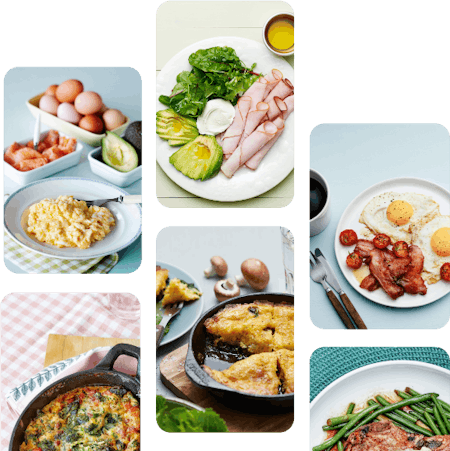
The Journal of Clinical Investigation 1988: Ethanol causes acute inhibition of carbohydrate, fat, and protein oxidation and insulin resistance [non-randomized study; weak evidence]
The American Journal of Clinical Nutrition 1999: De novo lipogenesis, lipid kinetics, and whole-body lipid balances in humans after acute alcohol consumption [non-randomized study; weak evidence]
Clinics in Liver Disease 2012: Alcohol metabolism[overview article; ungraded] ↩
Critical reviews in clinical laboratory sciences 2005: Is alcohol consumption a risk factor for weight gain and obesity? [expert review, ungraded] ↩
Per Medline: Calorie Count in Alcoholic Beverages ↩
In addition to containing calories, alcohol seems to increase the amount of food people consume:
British Journal of Nutrition 2019: The effect of alcohol consumption on food energy intake: a systematic review and meta-analysis [strong evidence]
Appetite 2015: Moderate alcohol consumption stimulates food intake and food reward of savoury foods [crossover trial; moderate evidence]
Appetite 2010: Short term effects of alcohol on appetite in humans. Effects of context and restrained eating [crossover trial; moderate evidence]
Health Psychology 2016: Alcohol’s acute effect on food intake is mediated by inhibitory control impairments [randomized trial; moderate evidence]
↩This is based on the clinical experience of low carb clinicians. [weak evidence] ↩
“In the United States, however, carbohydrates are taken to be whatever is left once the contents of water, alcohol, fat, protein and minerals in wine are accounted for. In the US, then, tartaric acid, glycerol and other substances that might not immediately be thought of as carbohydrates would be counted as such, and the carbohydrate content declared for a wine in the US could easily be twice the level that would be declared for the same wine in Australia”:
BIO Web of Conferences 2014: An analysis of ingredient and nutritional labeling for wine [overview article; ungraded]
Additional references:
Wikipedia: European Union terms for wine
Wikipedia: European Union terms for sparkling wine
European Commission Regulation regarding wine products
European Commission Regulation regarding sparkling wine products ↩
Drinking regular wine does not seem to provoke any noticeable increase in blood glucose or insulin levels:
Food Chemistry 2014: The effect of different alcoholic beverages on blood alcohol levels, plasma insulin and plasma glucose in humans [non-randomized study; weak evidence] ↩
For example, here are sugar levels in grams per litre (about 8 glasses) in sparkling wine, depending on sweetness ranking:
Brut Nature (no added sugar) 0–3
Extra Brut 0–6
Brut 0–12
Extra Dry, Extra Sec, Extra seco 12–17
Dry, Sec, Seco 17–32
Demi-sec, Semi-seco 32–50
Doux, Sweet, Dulce 50+ ↩Drinking beer raises both blood sugar and insulin levels much more than wine or spirits:
Food Chemistry 2014: The effect of different alcoholic beverages on blood alcohol levels, plasma insulin and plasma glucose in humans [non-randomized study; weak evidence] ↩
Diet Doctor will not benefit from your purchases. We do not show ads, use any affiliate links, sell products or take money from industry. Instead, we’re funded by the people, via our optional membership. Learn more ↩
This is because they maintain cravings for sweet foods, may stimulate overconsumption and may potentially have other negative health effects. Learn more ↩
This is commonly reported by people on a keto diet. However, there isn’t much scientific research yet to explain why tolerance seems to be reduced – just theories.



